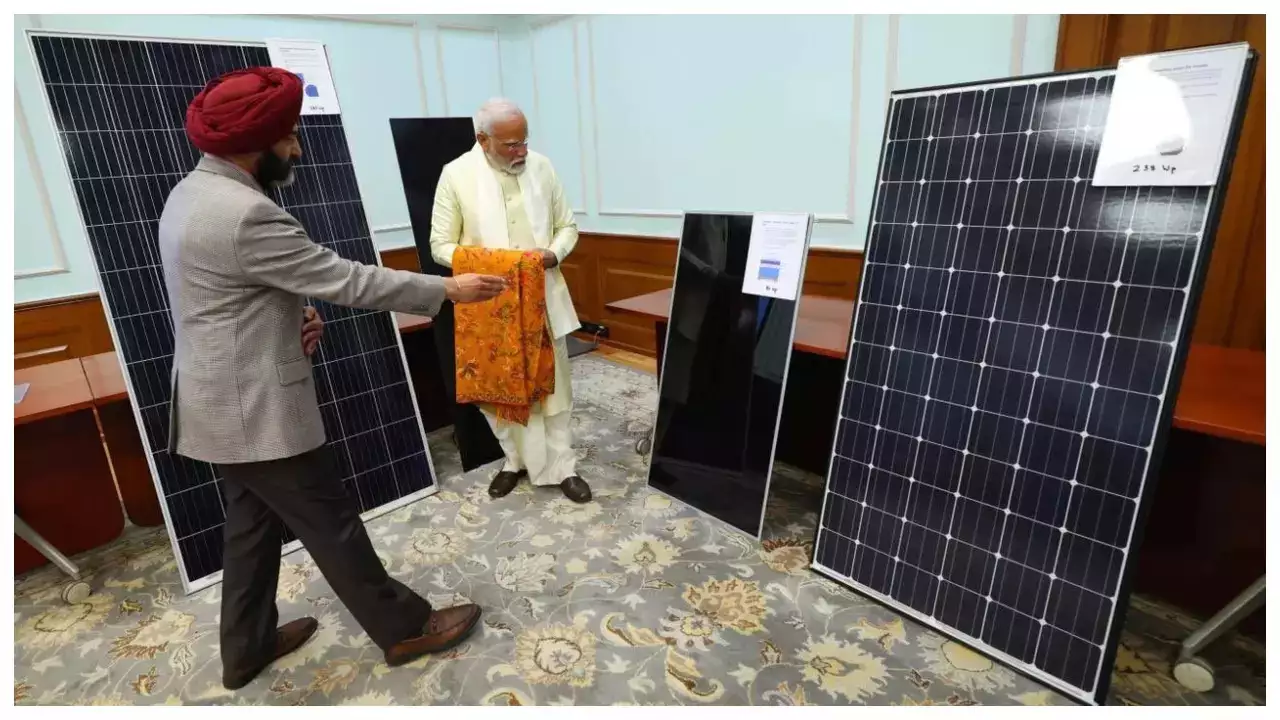In a major initiative, the Indian government has launched the Pradhan Mantri Suryoday Yojana, aiming to boost the adoption of household rooftop solar systems (h-RTS). The central government will bear the entire cost of setting up such systems for households consuming less than 300 units of electricity per month. Estimated to cost at least ₹1 lakh crore, this initiative is a departure from the current approach, as central government companies, specifically public sector units like the National Thermal Power Corporation (NTPC), will take on the responsibility of powering beneficiary households.
Under the scheme, one crore households consuming less than 300 units per month will be entitled to up to 300 units of free electricity every month, translating to annual benefits of ₹15,000-18,000 per household. Public sector units like NTPC will identify eligible households in states, install rooftop solar systems, and subsidize 60% of the installation cost. The remaining cost will be financed through a loan taken by the PSU, repaid from the electricity cost over 300 units. For households consuming more than 300 units, they can participate in the scheme but need to fund 40% of the installation cost through a loan or self-financing.
While there is no specified budgetary outlay yet, the initiative is expected to electrify one crore households, with an estimated cost of ₹1.5 lakh crore. The scheme emphasizes the use of solar panels and systems made in India to boost local manufacturing. The move aims to address the low uptake of rooftop solar installations, currently at about 25% of the targeted 40 GW by 2022, attributed to challenges with state discoms and subsidies on supplied electricity. The new initiative is expected to accelerate installation speed and drive widespread adoption of solar energy in households.






